Here’s what top economists predict will happen to the U.S. economy over the next decade

The Bankrate promise
At Bankrate we strive to help you make smarter financial decisions. While we adhere to strict , this post may contain references to products from our partners. Here's an explanation for .
The 2010s have been nothing short of record-breaking — at least from an economics standpoint.
Joblessness hasn’t been this low since the 1960s, while employers in the U.S. have added positions for 110 straight months. Meanwhile, financial markets have propelled to new highs, and it looks increasingly likely that the U.S. economy will continue expanding beyond its 11th calendar year.
[READ: We’re in the longest expansion on record — here’s what made it unlike any other]The economy has come a long way since the Great Recession, bolstered by exceptionally accomodative monetary and fiscal policy. But what’s the likelihood that the U.S. economy will be even more blockbuster in the 2020s?
Not much, according to Bankrate’s Fourth-Quarter Economic Indicator survey. The majority (or 57 percent) of the nation’s top economists expect the U.S. economy to continue expanding at this pace over the next decade, while a third (or 33 percent) expect a slower pace of growth. Ten percent are forecasting that the pace of growth will be faster over the next decade.
Here’s what the nation’s top economists are saying.
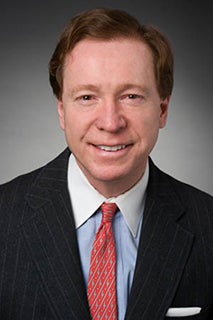
Overall, economic growth in the long term is dependent upon population growth and productivity growth. Assuming 1 percent for each makes growth 2 percent. It would be possible to see a surge in productivity growth towards the long-term average of 2 percent, resulting in 3 percent growth, but this seems unlikely.
— Dan North, chief economist, Euler Hermes North America

Structural changes, which are already occurring, will work their way through the economy over the long term. An aging population in the U.S. and in many developed nations will significantly affect the economic decisions of households and firms, as well as political decisions. Spending on pensions and health care, important areas for older people, is increasing rapidly. In turn, spending on infrastructure and education investment is lagging. These are the investments nations need to make in order to ensure a strong growth path.
— Yelena Maleyev, associate economist, Grant Thornton LLP

Unfavorable demographics should be partially offset by productivity.
— Bob Hughes, sr. research fellow, American Institute for Economic Research
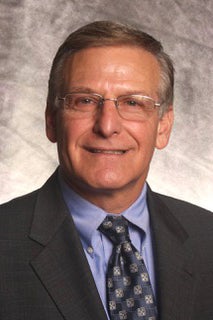
If we couldn’t get above trend 2 percent growth even with massive tax cuts, why should we expect growth anywhere near 3 percent is possible in the future?
— Joel Naroff, president, Naroff Economic Advisors

We have a lot of work to do. We need to boost investment in the economy — both private and public. We need to improve the educational system from Pre-K on up, so that college students are better prepared. We need to sort out more technical schooling. We need to solve the medical care issue without destroying what is there and what does work. We need to face up to environmental challenges and deal with them effectively and responsibly with an approach that works. It needs to be global. There will be a lot of change over the next decade, and we will not deal with it effectively by screaming at the ‘other side’ or by ignoring real needs. We will need our political leaders working together — I just don’t see how we get there from here. We are at a very bad ‘launching point.’
— Robert Brusca, chief economist, Fact And Opinion Economics

The longest U.S. economic expansion need not stop and could make further gains for the next four years as the housing sector will be one consistent positive contributor from the need to build more homes.
— Lawrence Yun, chief economist, National Association of REALTORS(r)

Half a percent of growth in the labor force plus 1 – 1.5 percent productivity growth equals 1.5 – 2 percent potential GDP growth.
— Scott J. Brown, chief economist, Raymond James

Technology, globalization and low joblessness will help to sustain growth rates between 2 percent to 3 percent over the next decade. Having said that, what worries me most about this upbeat outlook is the risk we may also be sleep-walking into a massive national debt crisis down the road, one that will bring much higher interest rates. After all, investor appetite to finance our trillion dollar annual fiscal deficits is not infinite.
— Bernard Baumohl, chief global economist, The Economic Outlook Group, LLC

One of the reasons that the recent expansion has been slower than previous expansions is due to the workforce growing more slowly, with retirements accelerating during the recovery and young people staying in school longer, making them less likely to work. As millennials age into their prime working years, the demographic advantage should bolster U.S. GDP as the tailwind from this population encourages, productivity, wage growth, consumption and household formation.
— Odeta Kushi, deputy chief economist, First American Financial

As millennials enter prime spending years, growth could ensue. The quantity and nature of immigration into the U.S. is the big wildcard that could greatly affect U.S. growth.
— Issi Romem, economist and founder, MetroSight

Low productivity growth, expectations of rising national debt and slower population growth all point to a modest growth trend over the next decade, with significant policy headwinds.
— Robert Dietz, senior vice president & chief economist, National Association of Home Builders

With further projected declines in population and labor force growth and no consistent signs of a pickup in productivity, we expect that trend growth next decade will slip down another notch.
— Mike Fratantoni, chief economist, Mortgage Bankers Association
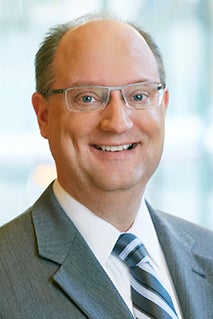
A lack of an aging population, a lack of investment in our infrastructure and educational system, and rising national deficits will likely weigh more heavily on U.S. growth over the next decade.
— Scott Anderson, chief economist, Bank of the West
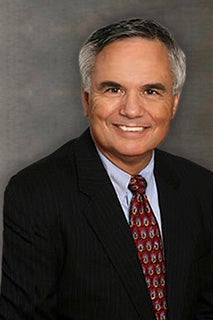
Trend growth of 2 to 2.25 percent [is] sustainable.
— John E. Silvia, CEO and founder, Dynamic Economic Strategy
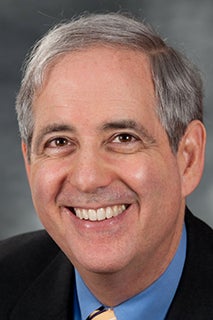
Unless politicians get together and address the large and growing federal deficits and the need to invest in infrastructure and human capital, the prospect is for continued anemic growth. Allowing for more legal immigration would also improve growth prospects.
— Bernard Markstein, president and chief economist, Markstein Advisors

Demographic trends will limit labor force growth and technology advances have done little to boost productivity gains.
— Lynn Reaser, chief economist, Point Loma Nazarene University
Related Articles

Survey: Top economists say U.S. economy won’t be fully recovered from pandemic 12 months from now

Here’s how top economists predict the coronavirus will impact the U.S. economy
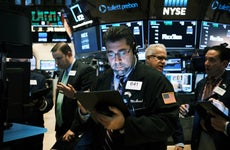
Survey: Recession odds diminishing for U.S. economy, but watch for a slowdown

How likely is a recession by the 2020 elections? Here’s what top economists say